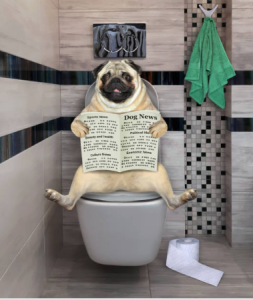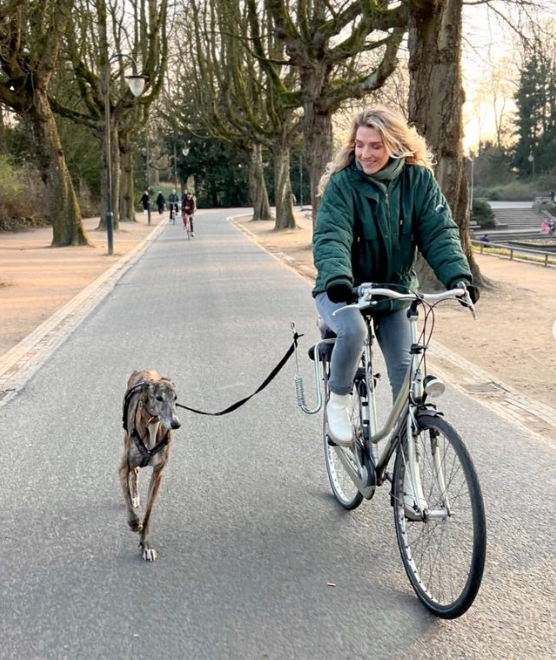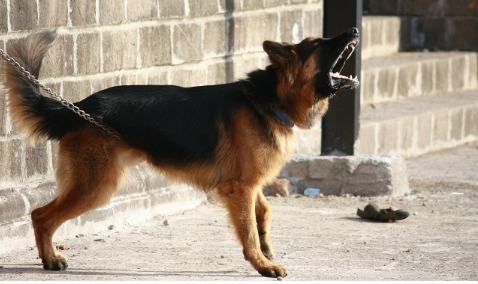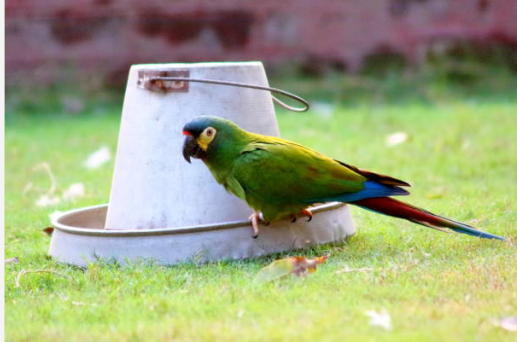How to Train A Dog to Pee or Poop in the Toilet
Toilet training a dog can be challenging, but it is possible with patience and consistency. Training your dog to use the bathroom has several benefits, including:
- It is more convenient and hygienic for you and your family.
- It gives your dog more freedom to roam around the house without being let outside frequently.
- It can help to reduce the risk of accidents, especially if you live in a cold climate or have limited mobility.
If you are considering toilet training your dog, there are a few things you need to keep in mind:
- It is best to start training when your dog is a puppy. Puppies are more adaptable and learn new things more easily than adult dogs.
- Be patient and consistent. Toilet training takes time and effort, so keep going even if your dog doesn’t get it immediately.
- Use positive reinforcement. Reward your dog for using the toilet in the correct spot. This will help them learn that going to the bathroom in the toilet is good.
- Avoid punishing your dog for accidents. This will only make them more anxious and less likely to use the toilet in the correct spot.
Here is a step-by-step guide on how to train your dog to pee or poop in the toilet:
- Choose a training toilet. Several different types of training toilets are available, including elevated toilet seats, toilet inserts, and toilet training kits. Choose a training toilet appropriate for your dog’s size and breed.
- Place the training toilet in a convenient location. Choose a spot in your bathroom where your dog can easily access the training toilet. Place the training toilet in a corner of the bathroom so your dog has some privacy.
- Start training your dog to use the training toilet. When you first start training your dog, it is essential to be patient and consistent. Take your dog to the training toilet frequently, especially after they eat, drink, or wake up from a nap. If your dog goes to the bathroom in the training toilet, praise them and treat them.
- Once your dog consistently uses the training toilet, you can transition them to using the regular toilet. Remove the training toilet and place your dog’s water bowl or a favorite toy on the toilet seat to do this. This will help to encourage your dog to get on the toilet seat.
- Continue to praise and reward your dog for using the toilet in the correct spot. It is also essential to be patient and consistent during this transition period. Some dogs may take longer to learn to use the regular toilet than others.

Here are some additional tips for toilet training your dog:
- Use a cue word or phrase. When you take your dog to the toilet, say a cue word or phrase, such as “go potty” or “do your business.” This will help your dog to learn what you expect of them.
- Be patient and consistent. Toilet training takes time and effort, so keep going even if your dog doesn’t get it immediately.
- Use positive reinforcement. Reward your dog for using the toilet in the correct spot. This will help them learn that going to the bathroom in the toilet is good.
- Avoid punishing your dog for accidents. This will only make them more anxious and less likely to use the toilet in the correct spot.
If you are having trouble toilet training your dog, consider consulting with a certified professional dog trainer. They can help you to develop a personalized training plan and provide you with support and guidance.
Here are some additional common challenges and troubleshooting tips:
- My dog is afraid of the toilet. If your dog is scared of the bathroom, start by desensitizing them to it. Place the training toilet in a quiet area of your bathroom and allow your dog to explore it at their own pace. You can also place a treat or toy on the training toilet to encourage your dog to get on it.
- My dog is peeing or pooping in the house. If your dog is peeing or pooping in the house, it is essential to identify and address the underlying cause. This may be a medical issue, such as a urinary tract infection, or a behavioral problem, such as separation anxiety. Once you have identified the cause, you can start to work on addressing it. For example, if your dog is peeing in the house because they are anxious, you may want to consult a certified professional dog trainer or behaviorist.
- My dog is using the training toilet but not the regular bathroom. If your dog is using the training toilet but not the standard toilet, you may need to transition


